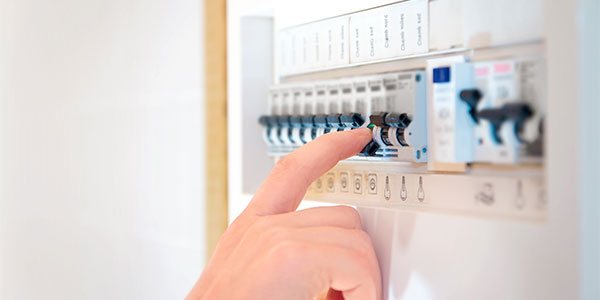Many areas along the West Coast face a high chance of a severe earthquake in the next 30 years. If an earthquake hit tomorrow, would you know what to do? Would your home be ready?
Dale White, emergency preparedness manager for Sutter Care At Home, offers advice to prepare your home and family for the next quake.











